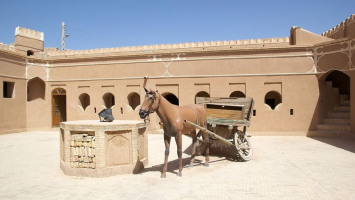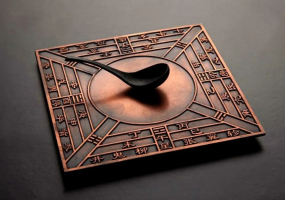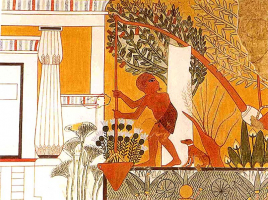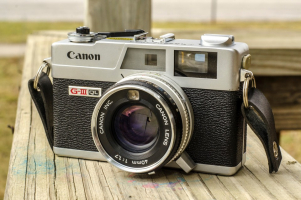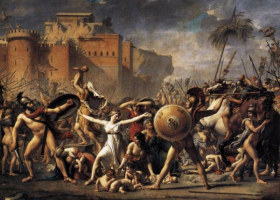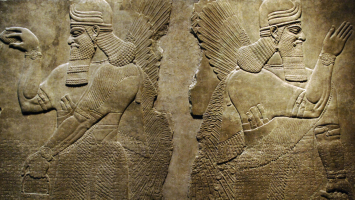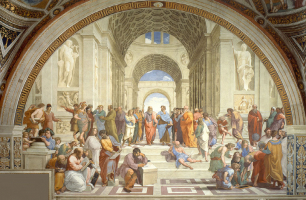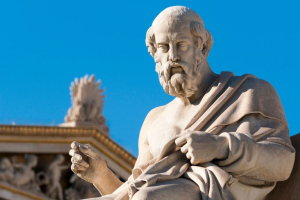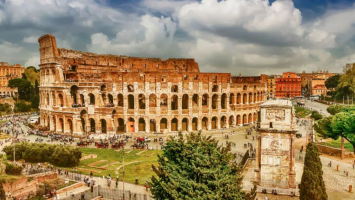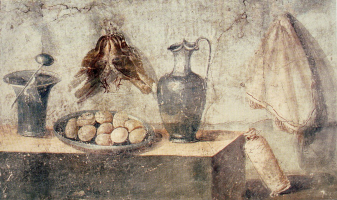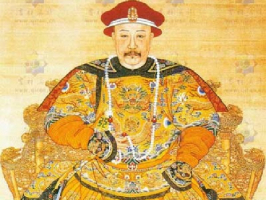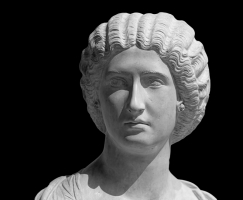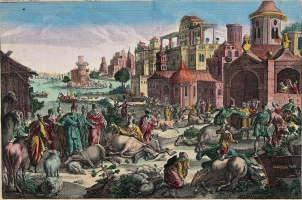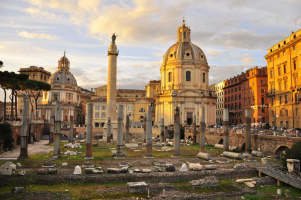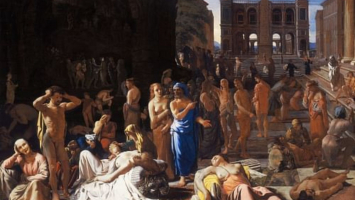Top 9 Greatest Inventions and Discoveries of Ancient Greece
Whether true or false, numerous innovations and discoveries are credited to ancient Greek scientists, particularly in the fields of astronomy, geography, and ... read more...mathematics. Even if some of their theories have been refuted, many of the discoveries and innovations made by the ancient Greeks are still in use today. At least one of them—the realization that the sun is the solar system's center—was overlooked before being made again. Here are the greatest inventions and discoveries of Ancient Greece
-
One of the greatest inventions and discoveries of ancient Greece is the Olympic games.
With more than 200 participating nations, the Olympic Games are regarded as the world's premier sporting event and a representation of unification on a global scale. However, Pierre de Coubertin, the creator of the International Olympic Committee, was heavily influenced by the ancient Olympics that were formerly held in ancient Greece more than 2700 years ago when he began the first modern Olympics in 1896. Records from antiquity indicate that the first Olympic Games took place in 776 BC. They took place on the historic plains of Olympia and were devoted to the Olympian gods. Greeks from all across the country gathered to see the sight. An Olympic Truce was established during the games' celebration to allow athletes to safely travel from their locations to the games. The winners received crowns or wreaths made of olive leaves as awards.
Every four years, the most renowned games were staged at Olympia in southwest Greece. Greeks from all across the country flocked to see the show. Crowns or wreaths made of olive leaves were awarded as awards to the winners.
Nearly every country is now represented in the Games, and colonies and overseas territories are now allowed to enter their own teams. The problems and issues brought on by this growth include terrorism, doping, bribery, and boycotts. Athletes have the ability to achieve national and occasionally international renown every two years thanks to the Olympics and the media coverage they receive. The Games provide the host nation and city a chance to present themselves to a global audience.

Photo: International Finance Magazine - The Olympic Games 
Photo: www.history.com - The Olympic Games -
One of the oldest branches of mathematics, probably even older than arithmetic itself, is geometry. And even before any of these geometric methods were known to history, its practical need compelled their employment. Many of these techniques were developed and used for the first time by the Egyptians, Babylonians, and Indus people, but they were never able to discover the laws and axioms of geometry. The Babylonians accepted the value of Pi as 3, never questioning its correctness. The Ancient Greeks were avid students of geometry despite not having invented it. The Greeks used what had been learned and made significant improvements that helped to define modern geometry. In fact, learning geometry was regarded as the pinnacle of mathematics and science in Ancient Greece.
When Greek geometry emerged, everything changed. Similar to how it is done now, the Greeks emphasized that geometric facts must be proven by deductive reasoning. The inventor of geometry, Thales of Miletus, provided several axioms and laws that were actually founded on logic and were known as mathematical truths in the sixth century BC. Then came the likes of Pythagoras, Euclid, and Archimedes, the axioms and laws of whose geometry are still taught in classrooms today. Even though there were many more Greek mathematicians and geometrists who made contributions to the history of geometry, these figures are the actual giants since they are responsible for creating geometry as we know it today.
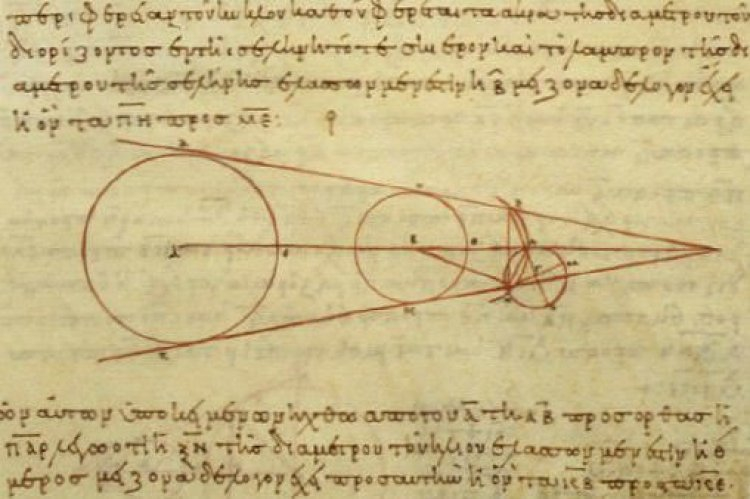
Photo: Brewminate - Basic Ideas in Ancient Greek Mathematics 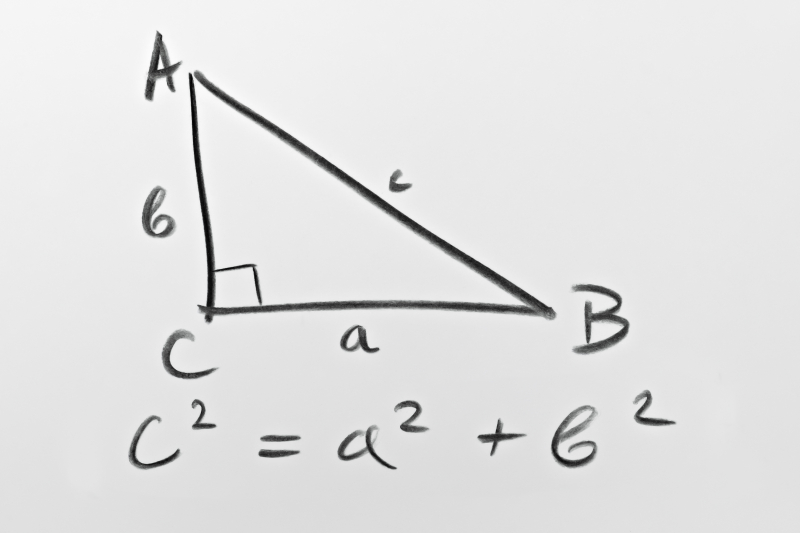
Photo: Greek Boston - Basic Ideas in Ancient Greek Mathematics -
The alarm clock is one of the devices that people use the most these days. The reality is that alarm clocks were created by the ancient Greeks long before they appeared to be a contemporary creation. Ctesibius, an ancient Greek engineer, physicist, and mathematician who resided in Alexandria, Ptolemaic Egypt, is credited with developing the fundamental concept of the alarm clock. From mechanical alarms to contemporary devices like cell phones, the alarm clock has seen several alterations and advances over time.
However, the initial alarms employed by the Greeks were not like those used today. Ctesibius (285-222 BC), a Hellenistic engineer and inventor, added an elaborate alarm system to his clepsydras (water clock) that involved pebbles falling onto a gong or the blowing of a trumpet by forcing bell jars into the water and taking the compressed air through a beating reed at pre-set times. It was rumored that the ancient Greek philosopher Plato (428-348 BC) had a large water clock with an alarm that sounded like a water organ. He may have used it at night to announce the start of his lectures at daybreak. The water clocks' sound, nevertheless, was not loud enough to wake someone awake. So that individuals could wake up at a specific time, something more efficient was required.
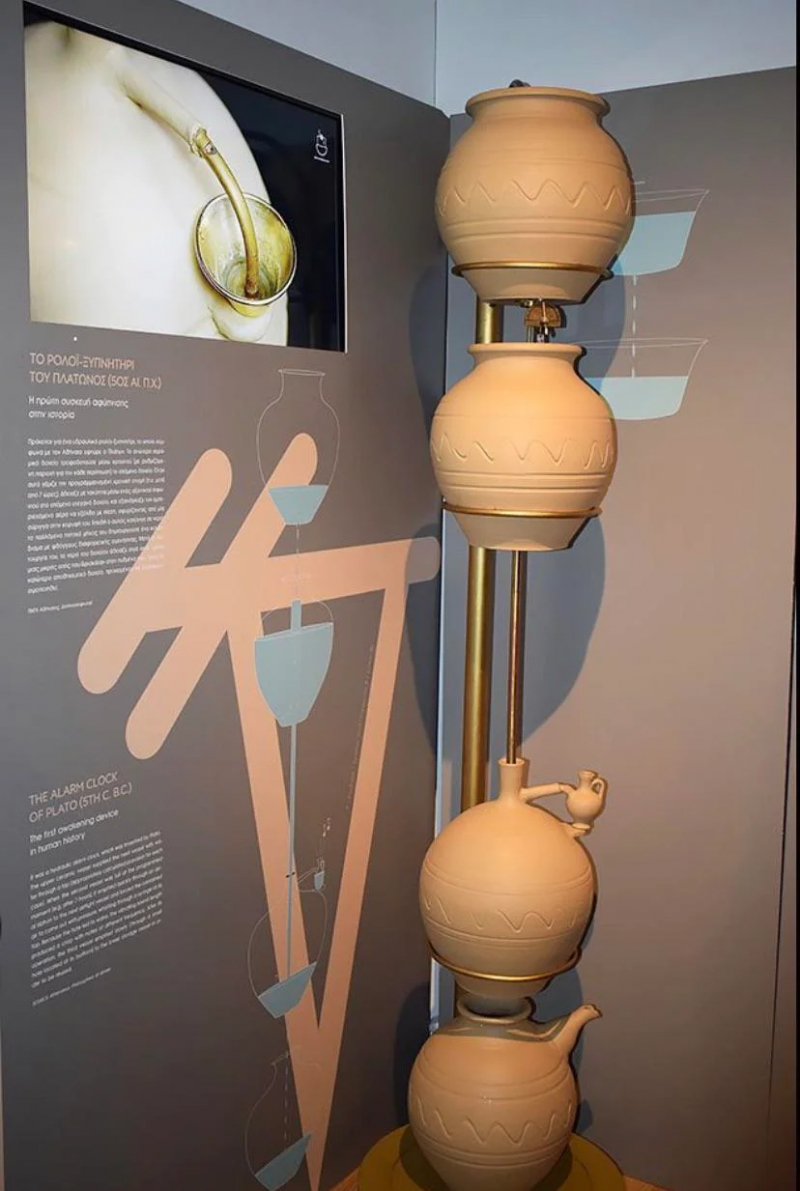
Photo: Reddit - The Alarm Clock of Plato was the first human awaking device in history 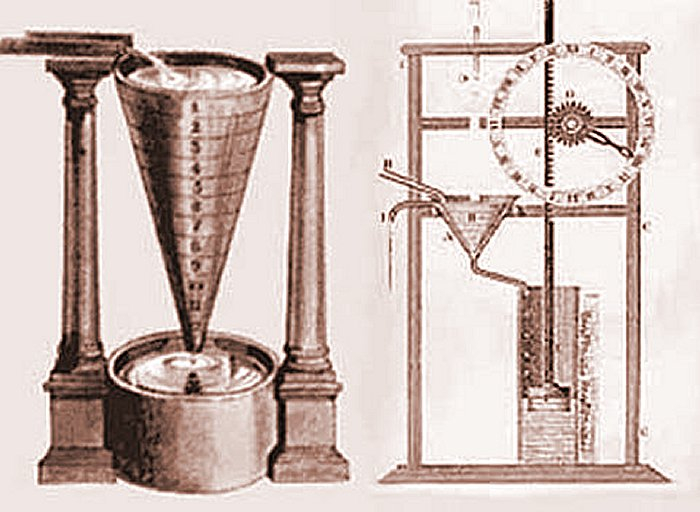
Photo: ancientpages - Plato's alarm clock -
Making maps is a technique and study known as cartography. Since ancient times, it has been crucial for travel and navigation. The Greeks used the resources they possessed and gave cartography a fresh perspective, even though the first documented evidence of it dates to ancient Babylon in the ninth century BC. One of the greatest cartographers in history is an ancient Greek. Very a few of them, including Ptolemy, Eratosthenes, Skylax, Strabo, Ipparkhos, and Ekataios, are well-known, and their work is often only briefly addressed in cartography and geography courses across the world. One of the first early cartographers to produce a globe map was Anaximander. He made significant contributions to the fields of astronomy and geography. He was born between 611 and 610 BC.
In his writings, Aristotle mentions Anaximander and labels him as a follower of Thales' physical school of thinking. On his map, Anaximander depicted every settlement in existence. Ionia was located in the middle of the tablet-style map. It extended to the Pillars of Hercules in the west and was bordered on the east by the Caspian Sea. The north of the map is bordered by Middle Europe, and the south is marked by Ethiopia and the Nile.Anaximander made significant contributions to geography and mapping, and his globe map was undoubtedly one of the greatest works of his period.
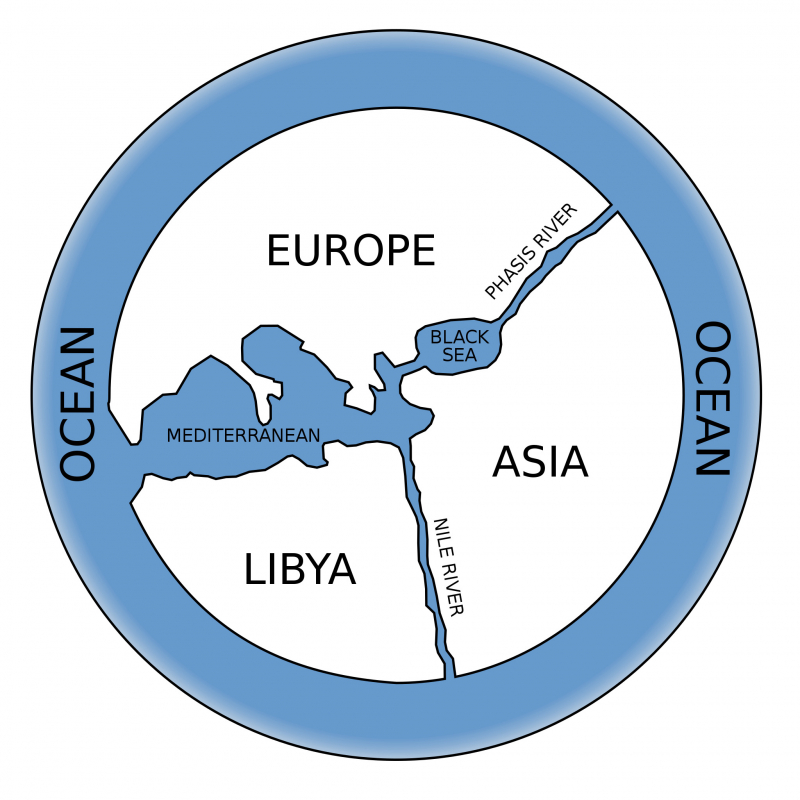
Photo: Wikipedia - Anaximander world map 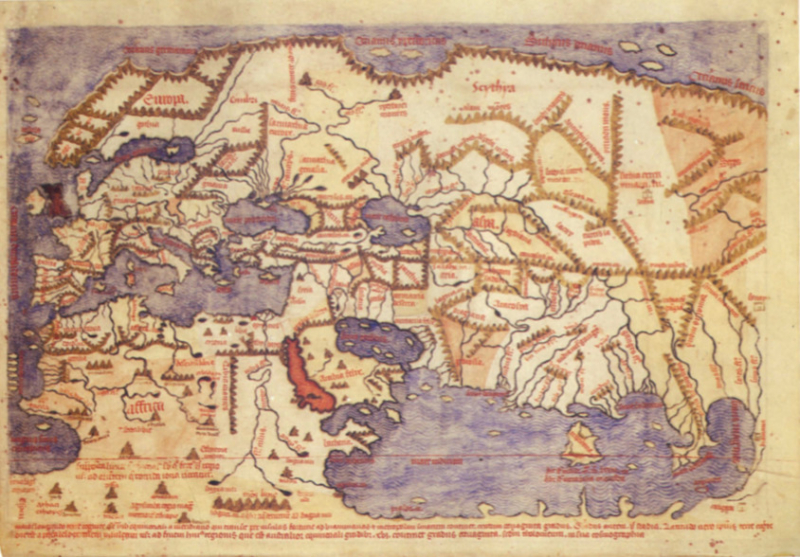
Photo: Open Culture - Cartography -
When it comes to the treatment of sickness, the ancient world did not do all that well. Diseases were thought to be the gods' method of punishing people before then, and superstition surrounded any and all treatments.
Greek doctors employed reasoned reasoning while practicing medicine. Greek civilisation began about 700 BCE and lasted until 600 CE. This method is still used in modern medicine. Greek physicians transitioned from relying on supernatural intervention for healing to using realistic, natural remedies. Some of their beliefs are still influencing modern scientific and medical thought. Ancient Greeks believed that "a healthy mind in a healthy body" was important, and their understanding of medicine took both mental and physical health into account. Hippocrates, who is referred regarded as "the father of medicine," was the most well-known and perhaps the most significant medical person in ancient Greece. All of that changed when Hippocrates of Cos began to gather information and carry out experiments to demonstrate that sickness was a natural process and that the symptoms and indications of a disease were brought on by the body's normal responses to the disease process. Hippocrates, an ancient Greek physician of the Classical era who was born in 460 BC, is regarded as one of the most notable people in the history of medicine. He was the creator of the Hippocratic School of Medicine and is considered to as the "father of Western medicine" in appreciation of his significant contributions to the discipline.
The Hippocratic Oath, which carries his name, is the most well-known of his contributions. It was this text that first suggested a code of conduct for physicians. It addresses a lot of crucial ideas that are still relevant today, such the secrecy between doctors and patients.
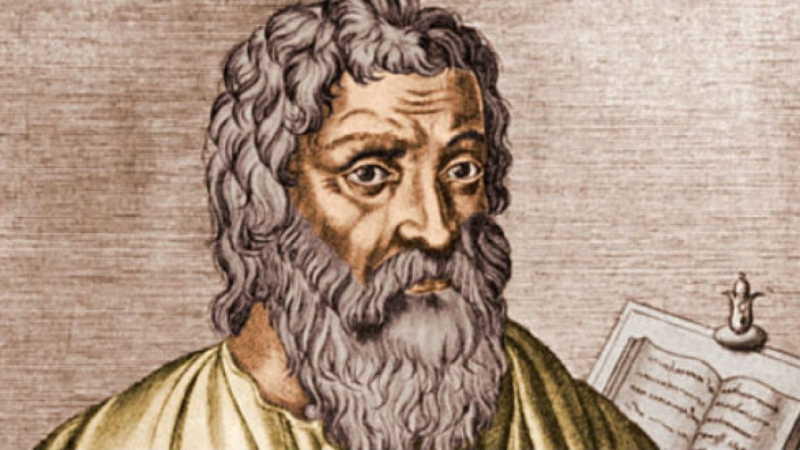
Photo: VnExpress - Hippocrates ( the father of medicine ) 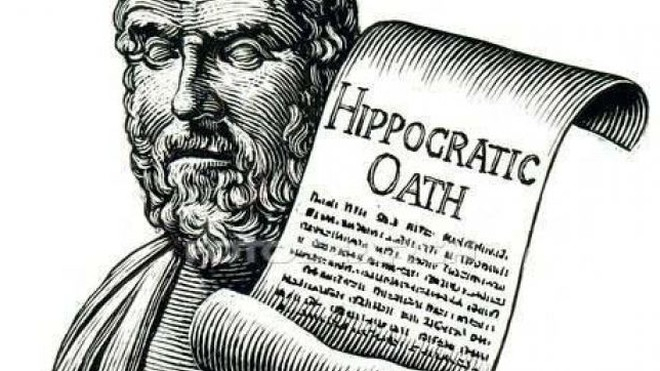
Photo: Infonet - the father of medicine -
The "astrolabe," a device created by the Greeks to ascertain the location of the Sun and the stars in the sky. It is one of the greatest inventions and discoveries of ancient Greece. Its usage by astronomers in 200 BC marks the first known use of an astrophysical object.
Early astronomers Ptolemy, Thales, Aristarchus, and Hipparchus made significant contributions. The Flat Earth idea was originally rejected and the spherical Earth hypothesis was first put forth by Pythagoras. He argued that it was supported by mystics rather than science, nevertheless. They also came to the ground-breaking conclusion that the sun's light, which shined on the moon, was reflected there. Additionally, they discovered a justification for the eclipse. The size of the globe, according to Aristotle, is 400,000 stadia (the equivalent of stadia is not available). But most people agree that it was around 64,000 kilometers. Such forethought is admirable, especially given that the computation was made when there were very few technical assistance available. Similar to this, Alexandria, Syene, and Eratosthenes together provided another computation that appeared to roughly match the calculation for the present.
We may claim that the Greeks elevated observational astronomy to a completely new plane, giving later astronomers a leg up.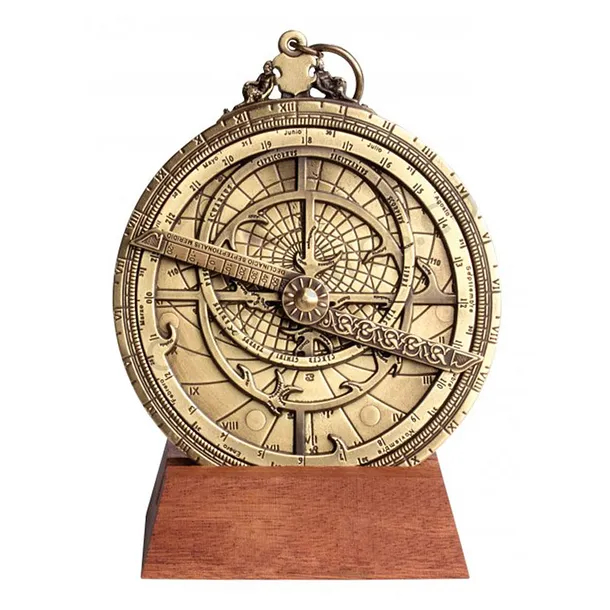
Photo: historyten.com - astrolabe 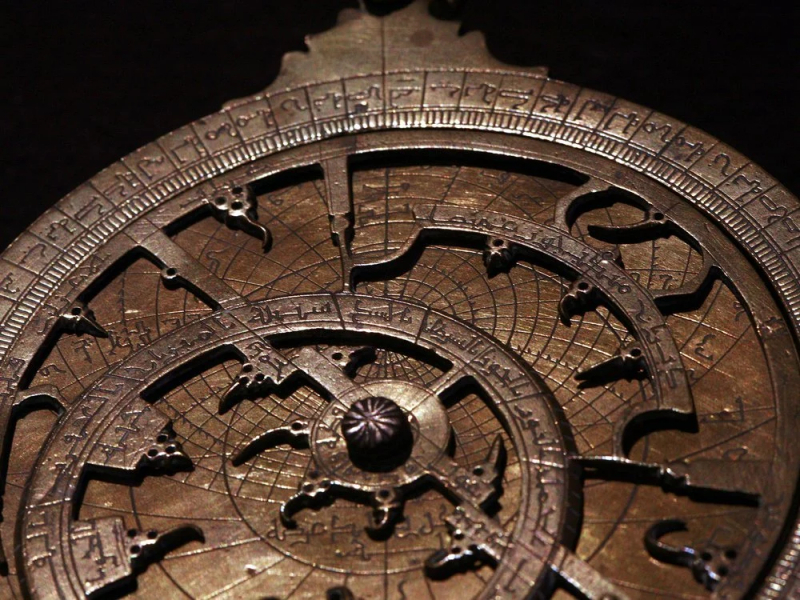
Photo: Smithsonian Magazine - Astrolabe -
The steam engine was created by an ancient Greek engineer named Heron, commonly referred to as Hero, in the first century A.D. When people could not utilize it very practically, he made it as a toy. Hero of Alexandria was therefore only acknowledged and remembered after his death. However, Vitruvius was the first to describe this appliance in his De architectura (ca. 30-20 BCE).
It had previously been hypothesized that this simple steam engine, known as the aeolipile, existed. Hero eventually dramatized the idea and claimed credit for coming up with it. His device consisted of a tiny sphere with two curved arcs positioned perpendicular to its axis. The arches would release steam as the water within heated owing to a boiler placed beneath, which caused the sphere to begin revolving. He devised a master plan using fire, wind, and a steam engine, among other sources of energy.
Hero was a guy who had created the industrial revolution long before it began to affect humanity. These days, it is used in a wide variety of businesses and mining facilities. You should be grateful to Hero, who is truly a hero, if you are given the opportunity to switch on the lights and connect to an adaptor.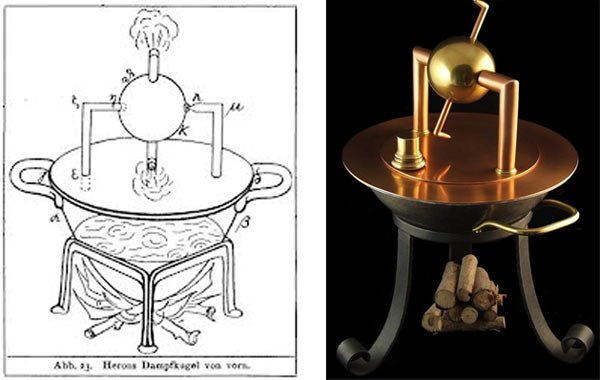
Photo: Ancient Origins - The ancient invention of the steam engine by the Hero of Alexandria 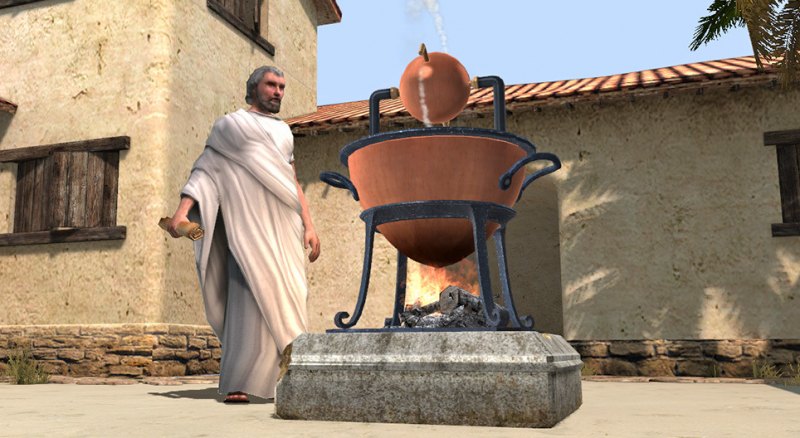
Photo: mozaWeb - Hero's aeolipile -
Despite the fact that cranes appear to be a distinguishing aspect of contemporary metropolitan skylines, this kind of equipment was created thousands of years ago. The ancient Egyptians and Mesopotamians also had crude building techniques and devices for lifting vast amounts of water, but it was the Greeks who took this mechanism to a whole new level, enabling them to construct ever more ambitious architectural marvels.
The Greeks created a system of pulleys, winches, and ramps in the sixth and fifth century BC to create a variety of various cranes for lifting big objects. Individually, these were known as the pentaspastos, which had five pulleys, and the trespass, which had three. However, the crane was more often known as the polyspaston, which is Greek for "many pulleys."
The Parthenon, which was built using marble blocks that were too large to be moved by men alone, is one of the most exquisite instances of a crane's labor in ancient Greece. The ancient Greeks devised the crane as a highly sophisticated answer to the problem of construction, whereas the Egyptians and Assyrians had used human labor (sometimes at the sacrifice of human life) to transfer and pile their building materials.
Photo: Greek Boston - Ancient Greeks Invented the First Crane 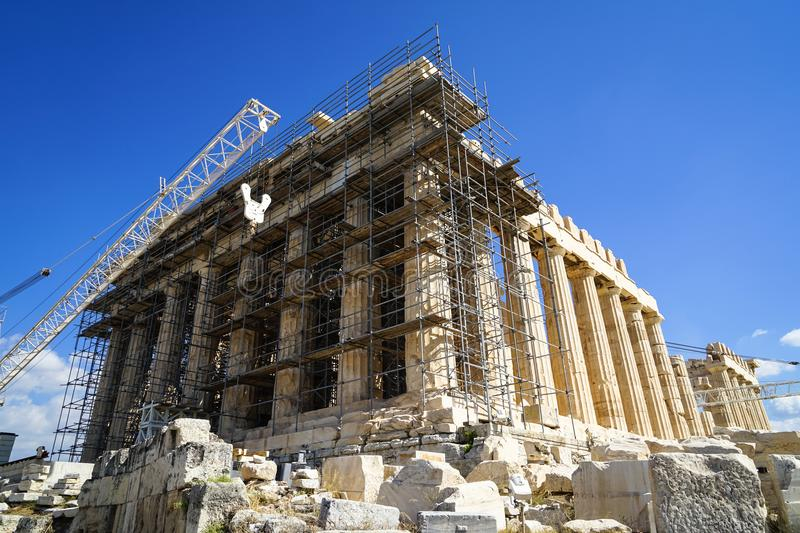
Photo: Dreamstime.com - Restoration Work in Progress at World Heritage Classical Parthenon on Marble Block Base on Top of Acropolis with Machine Crane -
Odometers are used in every wheeled vehicle nowadays to record the distance traveled. This device was initially created by the Greeks. They sought to create an accurate mechanical odometer that could be used to measure close distances.
Studies indicate that Vitruvius created the first odometer in 27 BCE. Later, it was frequently employed by Romans in the late Hellenistic period. They utilized this instrument to show how far a car had driven. They utilized odometers' many advantages, including their ability to measure distance correctly and transform road construction and transportation.
An odometer is a device that calculates how far a car, bicycle, or other type of transportation has driven. The tool may be mechanical, electrical, or a hybrid of the two (electromechanical). There is usually a trip meter in newer vehicles (trip odometer). Since a trip meter, unlike an odometer, may be reset at any time throughout a trip, it is possible to record the distance covered during each specific trip or segment of a trip. It used to be a wholly mechanical mechanism, but the majority of current cars now include electronic versions. There are frequently many trip meters on many modern automobiles. The maximum value that most mechanical trip meters will display is 999.9. To be certain when one has reached the next turn in a set of driving directions, many people reset it to zero at each instruction.
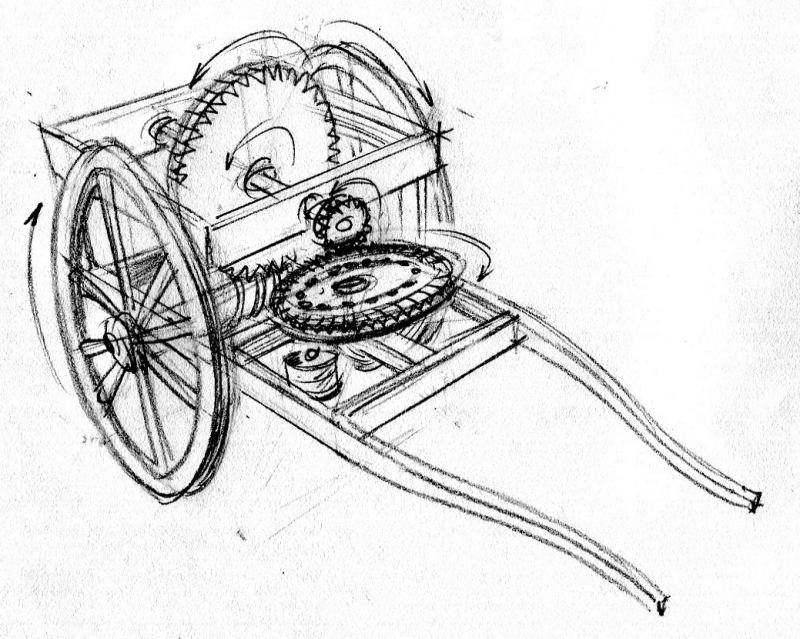
Photo: John Manders' Blog - WordPress.com - Archimedes' odometer 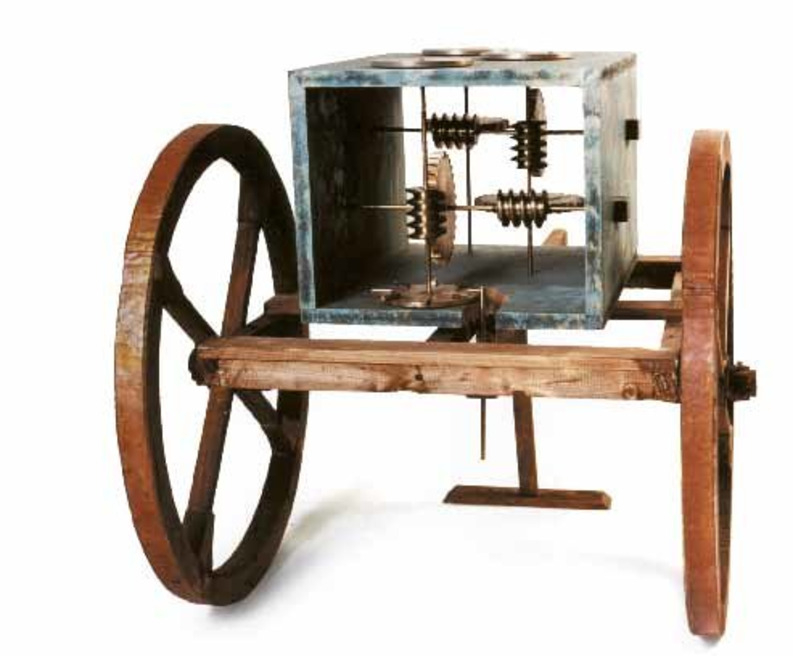
Photo: gsea.com.br - greek odometer,












